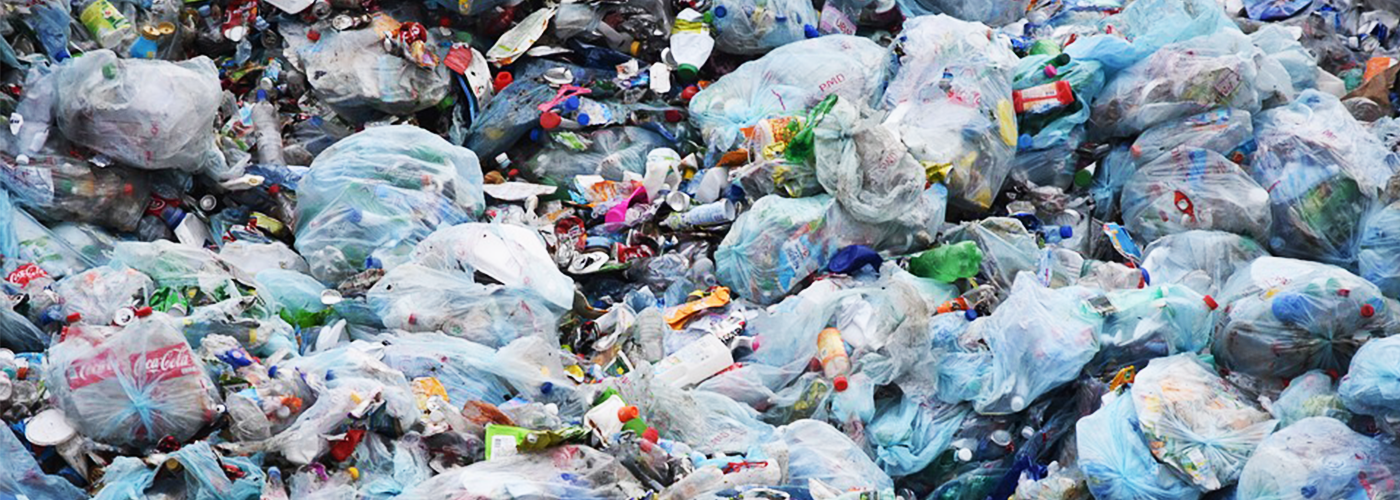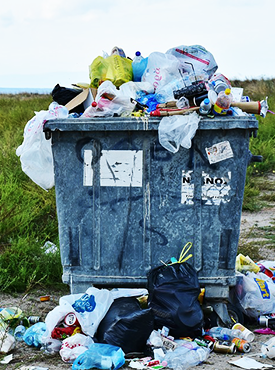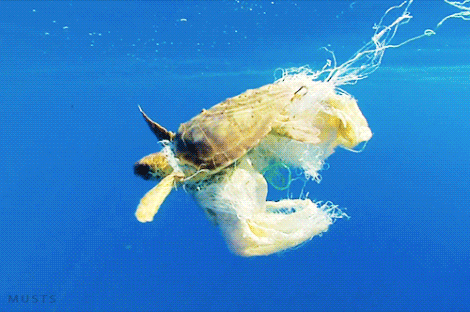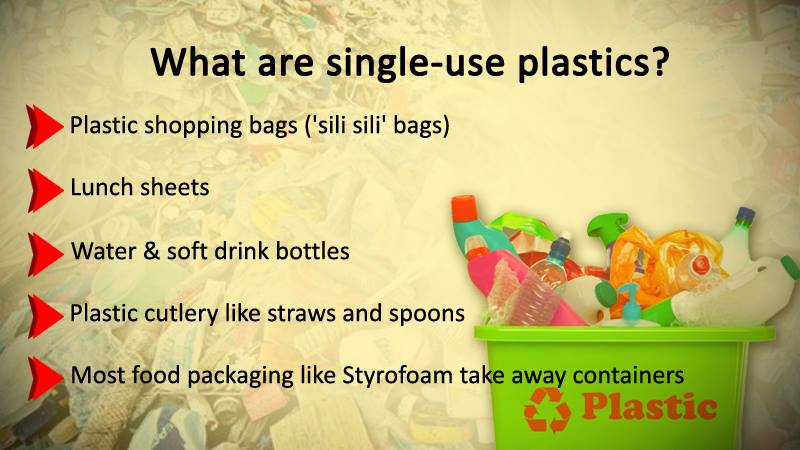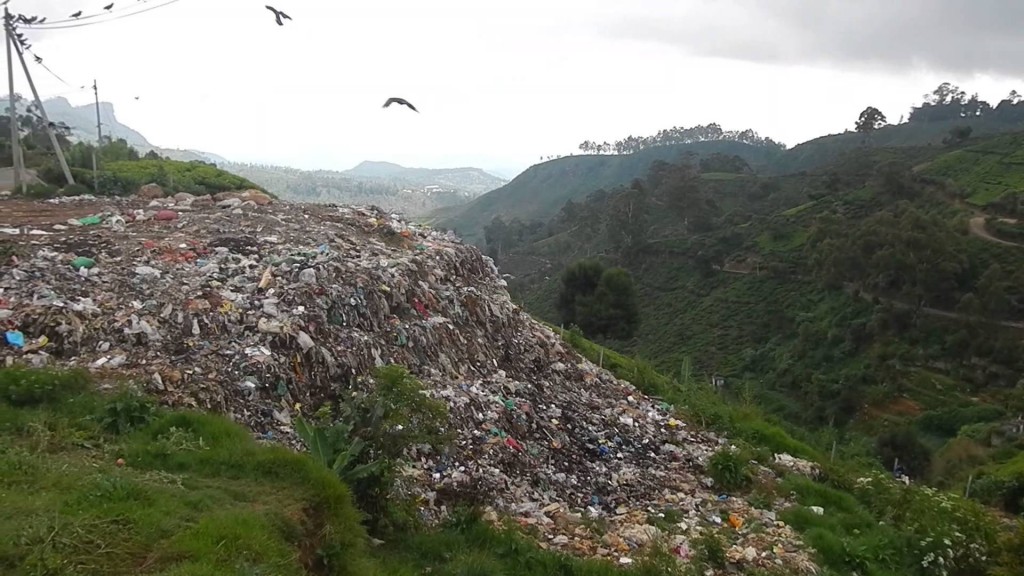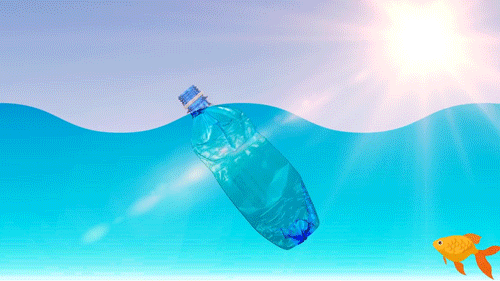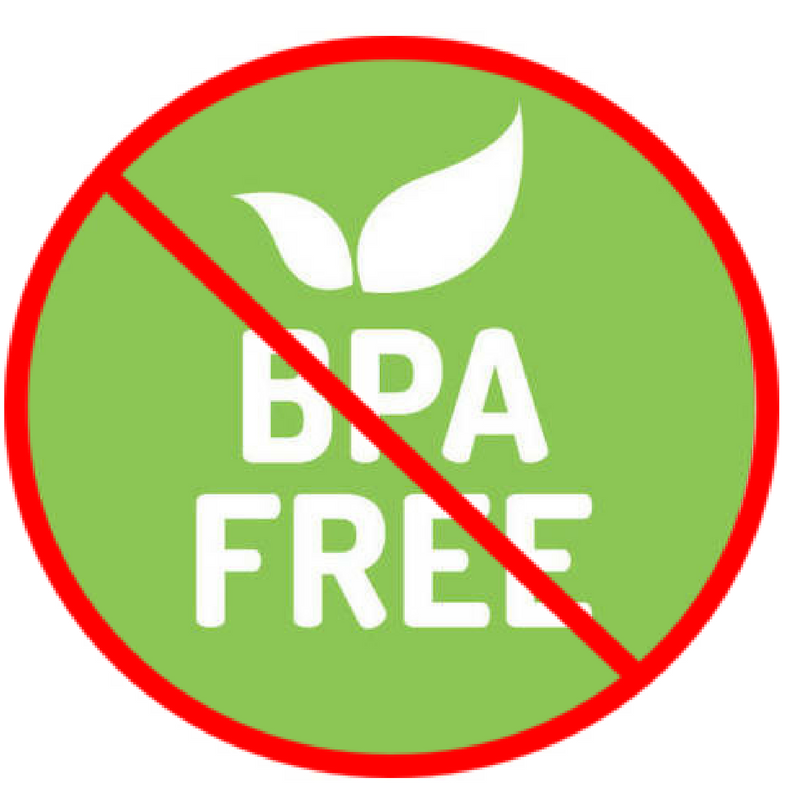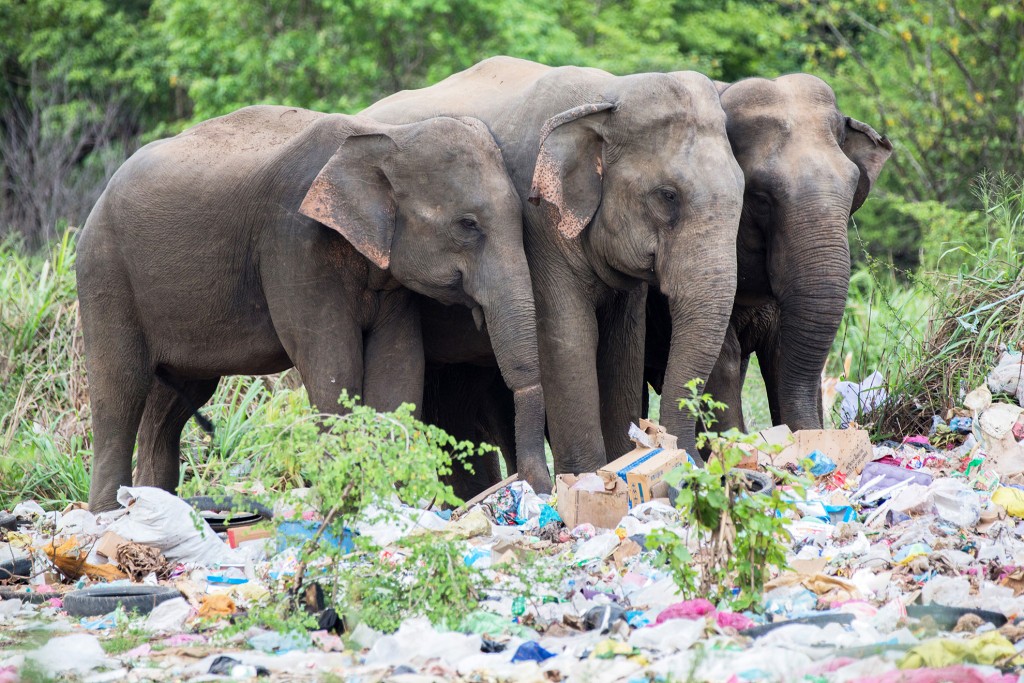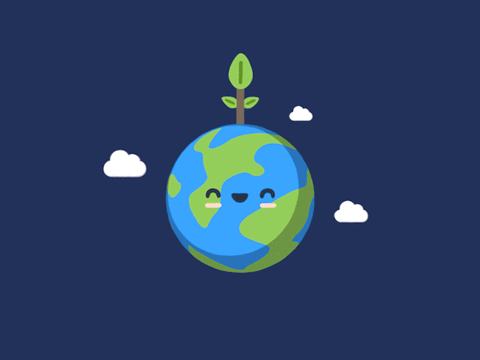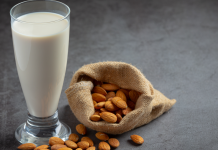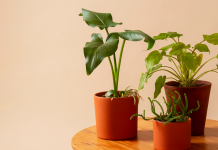2017 Oct 16
Some say due to its durability; plastic is man’s best invention. But can something that is ‘everlasting‘ also be bad for us? Plastic has proved to be just that.
“Plastic is a substance the earth cannot digest” – Plastic Pollution Coalition
The mere fact that it’s not fully biodegradable means that nearly every piece of plastic ever made still exists today. More than five trillion pieces of it are in our oceans.
Sadly, due to our own irresponsibility, plastic waste now litters our streets, lakes, rivers, waterfalls, oceans, lands – you name it. They say there will be more plastic debris than fish in the oceans by the year 2050. Travel anywhere in Sri Lanka and you will see mountains of plastic bottles, bags, straws, cups, biscuit packets and so one littering and polluting the environment.
When man invented plastic (in actuality it is a by-product of the petroleum industry) he may have invented an everlasting fantastic product, however sadly he lacked the foresight to consider that our own irresponsible use of this product may lead to one of our greatest environmental disasters. In hindsight there should have been strict rules around the usage of plastics. Hindsight as they say, is always twenty-twenty!
So what are single-use plastics?
Disposable or ‘single-use’ plastics are plastic products that are used only once before they are thrown away. These items are the most commonly used plastic items in day to day life like:
How bad is the problem?
Embarrassingly Sri Lanka has been named the world’s 5th largest plastic polluter (Business Times, 2010) Ranked amongst the highly populous top 20 countries that pump 80% of the global 13 tons of plastic waste into the sea! The Business Times study also said that for every person in Sri Lanka 0.299 kg of plastic is mismanaged and the country generates an average of 5,163,689Kg of plastic waste per day.
The Marine Environment Protection Authority claims that Sri Lanka dumps 1 billion pounds of plastic and polythene a year. Every Sri Lankan is believed to throw away 5.1Kg of single use plastics including bottles. In Sri Lanka 4 million polythene bags alone are dumped each day. Globally we produce roughly 300 million tons of plastic each year and almost 35% of it is disposable single-use plastics!
So what are the top 5 reasons why single-use plastics are Not so fantastic?
1. Plastic pollutes our environment
In Sri Lanka most of our waste ends up in the environment even when you hand it over to the municipal garbage truck. So it simply sits there in open landfills polluting priceless eco-systems like forests, mangroves, lakes, rivers and oceans.
2. Plastic spoils ground water resources
The nasty thing about plastic waste is that it never fully biodegrades but simply breaks down into smaller particles and in this process of breaking down it leaches toxic chemicals. Under each landfill there is in Sri Lanka and most certainly around the world, plastic leachate full of toxic chemicals is seeping into groundwater and flowing downstream into lakes and rivers.
3. Plastic poisons are food chain
In Sri Lanka 90% of pollution near fisheries harbours are due to single use plastics like polythene bags, lunch sheets and other plastics. Sadly, a huge percentage of our waste is dumped into the ocean where it is eaten by sea creatures that we humans consume like fish, crabs and so on.
Single-use plastics are the largest component of ocean trash. Even plankton, the tiniest creatures in our oceans, are eating ‘microplastics’ (pieces of plastic that are less than 5mm long) and absorbing their toxins. Small fish eat plankton and large fish eat the small fish and humans eat the fish! So you can see how it makes its way up the food chain.
4. Plastic poisons humans
The chemicals in plastics are known endocrine disruptors and it is widely known that plastics from food packaging can leach into food and enter the body. These chemical can be found in the blood and tissue of nearly all of us. Exposure to them is linked to cancers, birth defects, impaired immunity, endocrine disruption and many other health issues.
It is now becoming accepted that not even ‘BPA Free‘ plastic is safe. It would be a smart decision to not allow any of your food or drink to come into contact with any plastics what so ever and choose plastic alternatives such as steel, glass or wood when it comes to food containers and kitchen utensils.
The U.S. Centers for Disease Control and Prevention reported that 93% of people had detectable levels of BPA in their urine. The report noted that the high exposure of premature infants in neonatal intensive care units to both BPA and phthalates is of “great concern.” ~ Scientific American
5. Plastic destroys our wildlife
Open dumping of solid waste is the most common way of handling solid waste in Sri Lanka. It is estimated there are at least 58 unmanaged waste dumps in the Western Province alone as of end of 2016.
In March 2017 a large young male elephant which had been regularly eating garbage at Manampitiya garbage dump died after suffering for over a month. Over 30Kg of polythene waste including lunch sheets was removed from his stomach. The vet who had treated the elephant claimed he had seen 10 other elephants die a similar death in 4 years in the same area alone. It is estimated that there are at least 50 locations where elephants come to feed at open garbage dumps with as many as 500 elephants eating human garbage and ingesting plastic waste like lunch sheets and polythene bags. Similarly, other animals too ingest our plastic waste.
Globally more than 100,000 animals die every year after becoming entangled in or eating plastic bags. I’m sure you’ve seen the videos of plastic straws being pulled out of a sea turtle’s nose.
Sea turtles killed after ingesting plastic bags, dolphins becoming entangled in old fishing lines, and sea lions being strangled by plastic debris are stories that dot the headlines around the world. An estimated 98% of albatross have plastic in their stomachs, and 40% of chicks die every year due to plastic consumption.
So as you can see, not only are single-use plastics not so fantastic, they are extremely harmful to our environment, our wildlife and even to our very own health.
Follow these 3 simple steps below and you’ll find you can eliminate a lot of single-use plastics from your life:
- Carry your own refillable glass or stainless steel water bottle
- Carry your own reusable cloth shopping bag
- Pack your own meals from home in a glass or stainless steel tiffin lunch box
We choose to consume a lot of single use plastics due to the convenience factor. But now that we know the many negative consequences of single-use plastics, isn’t it time we made wiser choices? Remember the power is in your hands!

